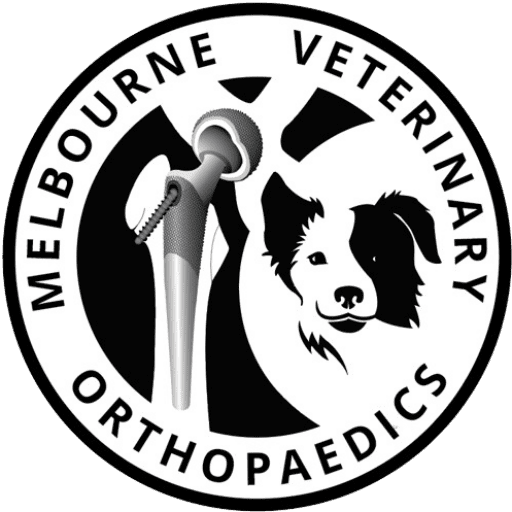Surgery on big dogs, particularly for conditions like bloat (gastric dilatation-volvulus or GDV), can be more complex than in smaller breeds due to several factors:
- Size and Anatomy: Larger dogs have more body mass and different anatomical structures, which can make access to the stomach and surrounding organs more challenging during surgery.
- Anesthetic Risks: Bigger dogs often have a higher risk of complications related to anesthesia. Their larger body size can affect how drugs are metabolized, and they may have different physiological responses to anesthetics compared to smaller dogs.
- Recovery Time: Larger dogs may have a longer recovery time and might be more prone to post-operative complications like infection or delayed healing due to their body size and overall health status.
- Monitoring Post-Surgery: Bigger dogs might require more intensive monitoring after surgery, as they can be at greater risk for complications, including respiratory issues or cardiovascular stress.
- Surgical Techniques: The techniques used for surgery might differ slightly. For example, during a procedure for bloat, the surgeon might need to perform a gastropexy (attaching the stomach to the abdominal wall) to prevent recurrence, and the approach may vary based on the dog’s size and condition.
Overall, while the fundamental principles of surgery remain the same, the specific challenges and considerations can vary significantly between larger and smaller dogs.

